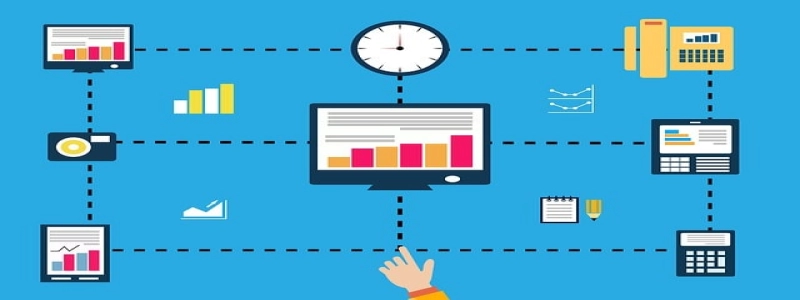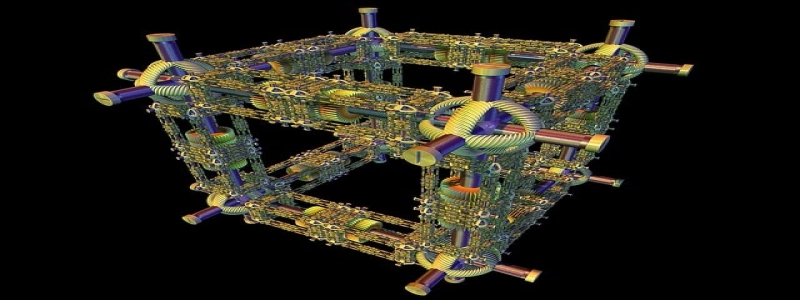Managed Ethernet Switch vs Unmanaged
Johdanto
In today’s fast-paced and expanding technology landscape, Ethernet switches have become an essential networking component. They allow devices within a network to communicate with each other efficiently and effectively. kuitenkin, when it comes to choosing the right Ethernet switch for your network, you may come across two common options: managed and unmanaged switches. This article aims to compare and contrast these two types of switches, providing a detailed explanation of their features and benefits.
minä. Managed Ethernet Switch
A. Definition and Features
1. Managed Ethernet switches are network switches that provide users with complete control and management of their network infrastructure.
2. They offer advanced features such as VLAN support, Quality of Service (QoS), traffic prioritization, and security protocols.
3. Managed switches also provide remote access capabilities, allowing network administrators to monitor and modify the network settings from a central location.
B. Benefits
1. Greater Control: Managed switches allow users to configure and customize their network settings according to their specific requirements.
2. Traffic Management: With features like QoS and traffic prioritization, managed switches enable efficient traffic management, ensuring critical applications receive priority bandwidth.
3. Enhanced Security: Managed switches offer security protocols such as access control lists (ACLs) and port security, enhancing network security and protecting against unauthorized access.
4. Troubleshooting: The ability to monitor and troubleshoot network issues remotely allows for quicker resolution, minimizing downtime and improving overall network performance.
II. Unmanaged Ethernet Switch
A. Definition and Features
1. Unmanaged Ethernet switches are plug-and-play devices that require no configuration or management.
2. They offer basic features such as auto-negotiation of Ethernet speeds and auto MDI/MDIX, which automatically detect and correct cable connections.
B. Benefits
1. Simplicity: Unmanaged switches are easy to set up and use, requiring minimal technical expertise.
2. Cost-effective: These switches are usually more affordable compared to managed switches, making them suitable for small-scale networks or budget-conscious individuals.
3. Reliability: Due to their simplicity, unmanaged switches tend to be more reliable with fewer points of failure.
III. Comparison
A. Cost: Managed switches generally have a higher cost due to their advanced features and capabilities.
B. Control: Managed switches offer complete control and customization options, while unmanaged switches provide limited control with no configuration options.
C. Features: Managed switches offer advanced features such as VLAN support and QoS, while unmanaged switches provide basic functionality.
D. Scalability: Managed switches are more scalable, allowing for future network expansion and adding new features as required.
E. Network Security: Managed switches offer enhanced security features, making them suitable for networks requiring stringent access control and protection measures.
Johtopäätös
In summary, the choice between a managed and unmanaged Ethernet switch depends on the specific needs and requirements of your network. Managed switches provide greater control, advanced features, and enhanced security, but at a higher cost. On the other hand, unmanaged switches are cost-effective and easy to use, making them suitable for small-scale networks or simpler setups. Ultimately, it is important to assess your network’s needs and make an informed decision to ensure optimal network performance and reliability.








